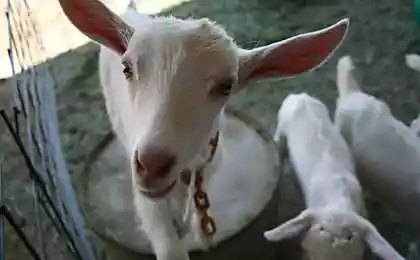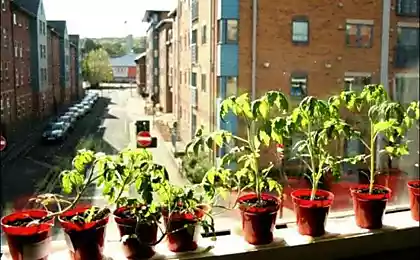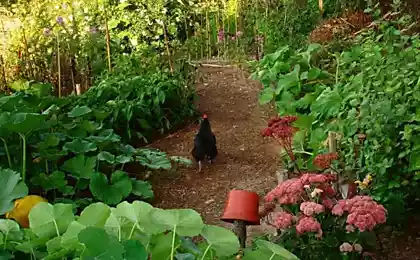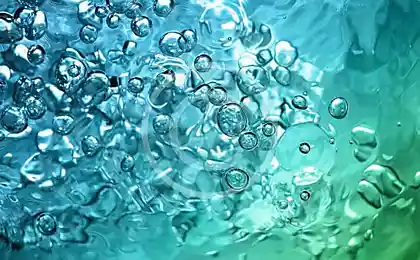606
The world's first hydroponic solar farm: sea water + sunlight = tomatoes
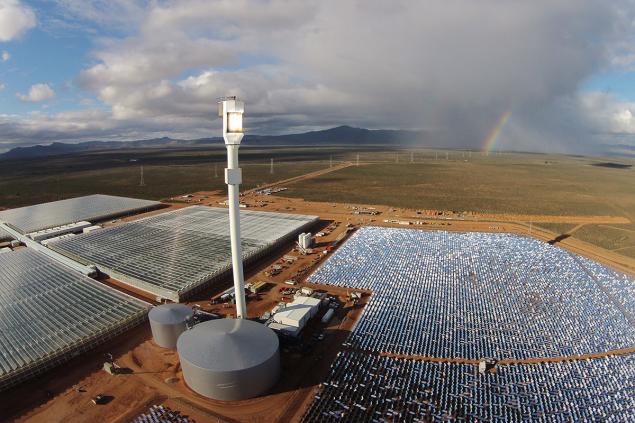
Greenhouses with tomatoes, mirrors and solar concentrator at the farm Sundrop. Photo: Sundrop
What you need for landscaping of the desert? How to gather a rich harvest on dry soil, where almost nothing grows? Whether farming if fresh water runs out, the soil it becomes saline, and around — the salty sea, in the Crimea? It turns out that this is possible, if you use intelligence and science.
Australian farm Sundrop is the world's first farm, which grows vegetables in the desert without using any fossil fuels. Only sunlight and sea water (and fertilizer).
A futuristic farm in South Australia produced 17 000 tons of tomatoes per year, which brings an income of about $16.9 million, given the average cost of tomatoes in the wholesale market Australia $994 per tonne. Unlike conventional farms, it does not use any underground water sources or fossil fuels such as petrol. Nothing. Even the local sandy soil is not used — the plants placed in the vessels, as in hydroponics. Along with the water in the vessels serving the necessary nutrients, fertilizers.
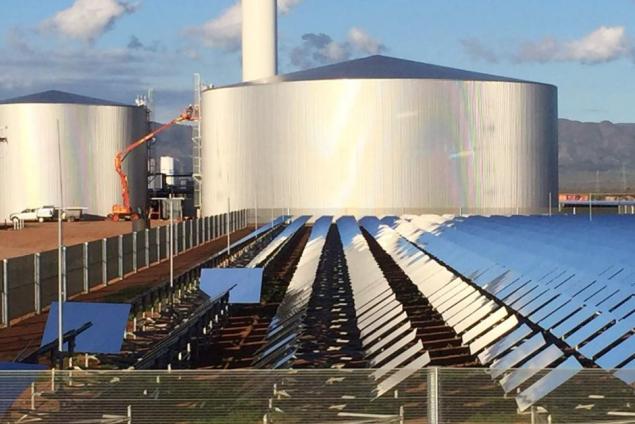
Of natural resources is sunlight and sea water. This model of farming can be widely spread in the future, says the magazine New Scientist. Freshwater resources on Earth are becoming scarce, the population in Asia and Africa is growing rapidly, and the surface temperature of the Earth increases due to the greenhouse effect. Thus, formed near ideal conditions for farming greenhouses.
Even pesticides are not needed, because in the desert almost pests do not survive. And those who survive are unable to penetrate in an isolated greenhouse.
By the year 2050 due to the growth of the population will need 50% more food than now. But all agricultural land is already occupied. So that leaves two options — either to increase the yield on existing areas using more crops, or to explore new territory — the same desert — in the course of solving the problem of fresh water.
It turns out that the transition to innovative technologies in agriculture receiving solar energy and desalination of sea water is not only the most preferred option of development of mankind. It is the only possible option. "Conventional" agriculture is no longer working, it's time for major changes.
Design unique Sundrop farms has developed and brought to mind an international group of scientists for six years. The experimental greenhouse was built in 2010. Four years later began the construction of full-scale buildings with greenhouses on an area of 20 hectares. In greenhouses planted 180 000 bushes of tomatoes. The official opening of the farm held in 2016.
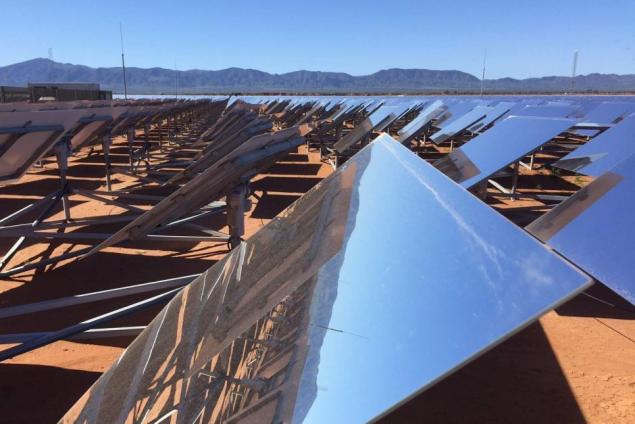
The centrepiece of the design farm is a 127-foot tower solar concentrator, which reflect the rays of light 23,000 mirrors placed on the ground. The hub provides steam, electricity and fresh water for the farm.
Water is pumped from the Spencer Gulf, which is part of an open Great Australian Bight, around southern coast of Australia. Like the rest of the Indian ocean, this Bay contains salt water.
On the farm is performed by a thermal desalination of salt water (distillation). The water is heated, and the steam is collected and condensed. Formed distillate is absolutely clean fresh water. In the same way desalinate water on ships, for example. Nothing unusual about that.
On a good day solar power station generates 39 MW of electricity. It is sufficient for desalination around the tank of water. Distillation usually requires about 700 kcal per 1 liter of water. But it is the experience of conventional distillers. Unknown to us the efficiency of energy Sundrop. Perhaps the engineers such as increased efficiency, play around with the osmotic pressure, for example.
A pond with seawater on a farm Sundrop
To simplify the overall design during the preliminary tests it was decided to abandon direct heating of water by solar light. Now the installation generates electricity and that is used for heating and distillation of water in a separate container.
In any case, heat the hub enough to produce the required amount of water and receive the rest of the electricity needed by the farm.
Dry and hot climate of South Australia makes the land unsuitable for conventional agriculture. But using modern technology and alternative energy people are quite unable to expand the farm even in the desert areas where the climate is slightly better than Martian.
The Sundrop company believes that the model of the solar farms with concentrators can be used in many warm countries where the soil is not very suitable for agriculture, but a lot of Sunny days in a year. Now the firm opens another farm in the district of Odemira (Portugal) and in Tennessee (USA). Plans to open second Australian farm. Building the infrastructure for a solar farm of this scale cost $200 million With an annual harvest of $16.9 million ROI comes down to 8.45%. It turns out that the ideal farm should return the investment in about 12 years. Great result.
The Sundrop company's management believes that it is a very profitable long-term investment, governments can support private initiatives to establishment of organic farms, greening of deserts, desalination of sea water. For example, to exempt such companies from taxes. At least on the territory of Crimea, a similar initiative could save agriculture, which is threatened to disappear for lack of fresh water.
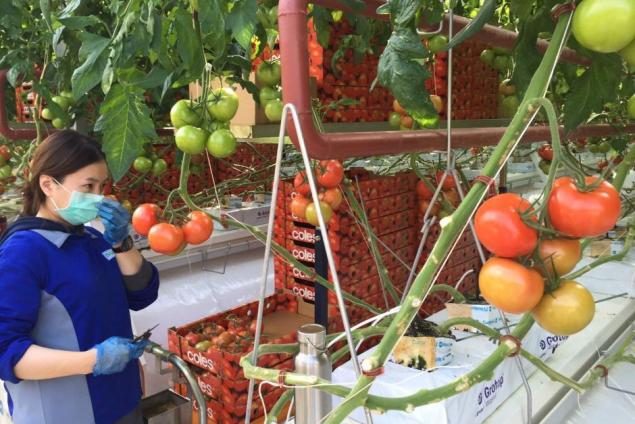
Tomatoes harvested at the farm Sundrop, already on sale in supermarkets in Australia.
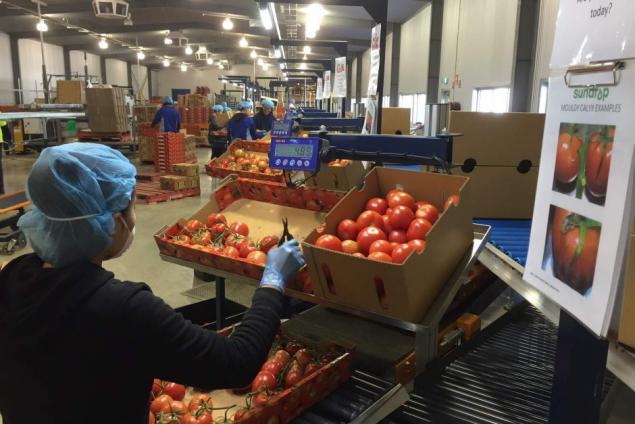
Packing the harvest farm Sundrop
Source: geektimes.ru/post/281274/



